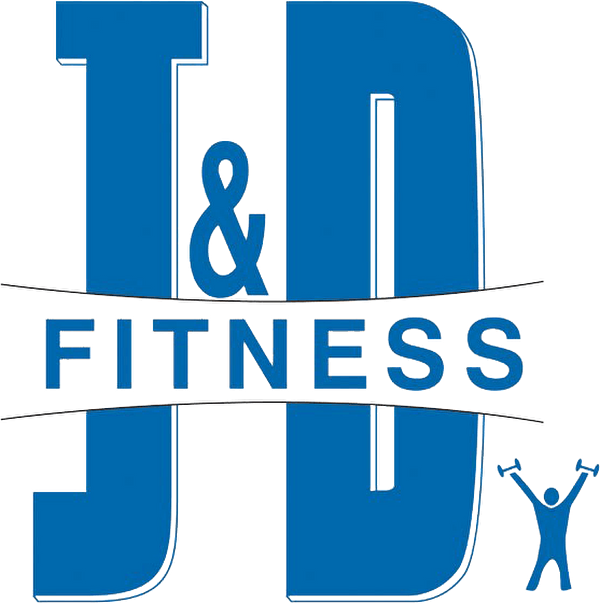Read the latest J & D Fitness Blog. Learn more about the hip hinge movement and why it is so important for strength and reducing back pain. Read More
Learn more about the Body Mass Index. How to calculate BMI, the pros, the cons, and how to use the information on your fitness journey. Read More
We are all different. Our emotional, physical, and mental make-up is unique to each of us, but there also exists commonalities amongst us. Have you heard the saying, “same, but different”? Regarding gaining strength, there are five factors you should consider, with some of these factors, you could lump many of us in the same bucket, and others you can have multiple groups. I wanted to clarify how you can expose a group of people to a similar strength program and get different results. Read More
It’s not uncommon for a member of my training studio to have some type of limitation. They may have an issue, such as a knee or shoulder, that has structural problems which bring along contraindications. The person with the shoulder problem may have poor thoracic (upper-back) spine mobility, which then effects their alignment in overhead presses. Our approach is to eliminate overhead pressing until they can display adequate range of motion of the scapulae, and we substitute pressing with t-spine mobility drills. It’s an easy fix. Read More
You may have heard the saying that too much of a good thing isn’t good either? I consider exercise to be medicine. Activity and exercise are effective in helping to provide good health and longevity. I frequently tell people that strength solves a lot of problems but spending all day in the gym and never taking a day off to recover is a simple recipe for over-training, which can lead to injuries. I’ve written about the benefits of recovery in the past. What we should consider is using the minimum amount required or the minimum effective dose if the goal is to improve strength. Read More
The largest contributing factor most people deal with when attempting to burn body-fat is time. It’s not as challenging to drop body-fat if you train six days a week for two ½ hours. That’s not realistic and I don’t recommend that. There is a sound approach that has become protocol in strength and conditioning circles. Created by Alwyn Cosgrove approximately fifteen years ago, it’s called the hierarchy of fat loss. Read More
Happy New Year! This is my first blog post in a while. I’ve been working on a book for the last 6 months and it has taken up my writing time. I’m finishing it up and wanted to get back to something I genuinely enjoy, posting weekly to my blog. I’m sorry that it’s been a while. My inspiration was the new year. I come across many people who are inspired to make a change, but once they get started, lose their motivation, and fall off track. Read More
Ten years ago, I made shift in my training approach. My primary focus shifted to getting everyone I worked with stronger. This was after observing how strength solved a lot of perils. I chose to get people stronger because I could increase muscle density without adding size. Leading into this change, I had focused on muscle hypertrophy for years. Muscle hypertrophy is when you increase the size of a muscle. As per the National Strength and Conditioning Association’s (NSCA) definition of hypertrophy: Read More
We are launching a new workout next week at the studio, Metabolic Disruption. The goal of this workout is to disrupt and enhance your metabolism. This workout should increase the calories immediately burned post workout, called excess post-exercise oxygen consumption (EPOC). If done effectively, this increase in calories burned can last for up to a day after your workout. I thought since we were discussing metabolism, I would share what exactly makes up your metabolism. Some of you reading this may feel, “I’ll never lose fat because of my slow metabolism.” Hang in there, you may not be a bad as you thought. Read More
